Container grown vs. field grown: What’s best for your next installation?
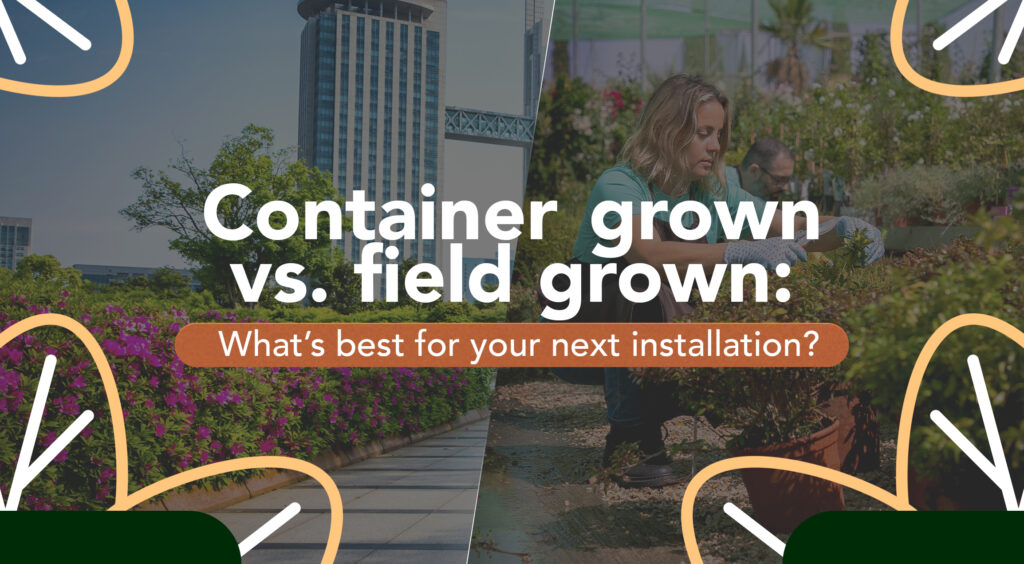
When planning a commercial landscape installation whether it’s a residential development, streetscape, or institutional green space plant selection goes beyond just species and size. One of the most critical decisions you’ll make is whether to use container-grown or field-grown stock.
At Woody’s Plant Nursery, we grow both types to serve a wide range of project needs. But not every plant is equal in every situation.
Each growing method brings distinct advantages and knowing when to use one over the other can save you time, labor, and money. Let’s explore the pros and cons of container-grown vs. field-grown trees, shrubs, and evergreens so you can make the most informed decisions for your upcoming fall 2025 installs.
Quick definitions:
- Container Grown: Plants grown in plastic pots or fabric containers, with fully contained root systems.
- Field Grown (Balled and Burlapped, or B&B): Plants grown in open fields, then dug with a soil root ball wrapped in burlap for transport.
Container grown: When flexibility Is key
Benefits:
- Extended planting window – Can be planted later into fall or even early winter.
- Lighter weight – Easier to handle on small crews or tight job sites.
- Less transplant shock – Especially in smaller sizes; roots remain undisturbed.
- Instant access – Available on-demand with no digging required.
- Ideal for smaller-scale installs – Residential units, rooftops, courtyards, etc.
Considerations:
- May require more staking in windy or exposed sites.
- Root circling can occur if left in containers too long.
- Not ideal for large caliper trees—limited root volume restricts vigor on big material.
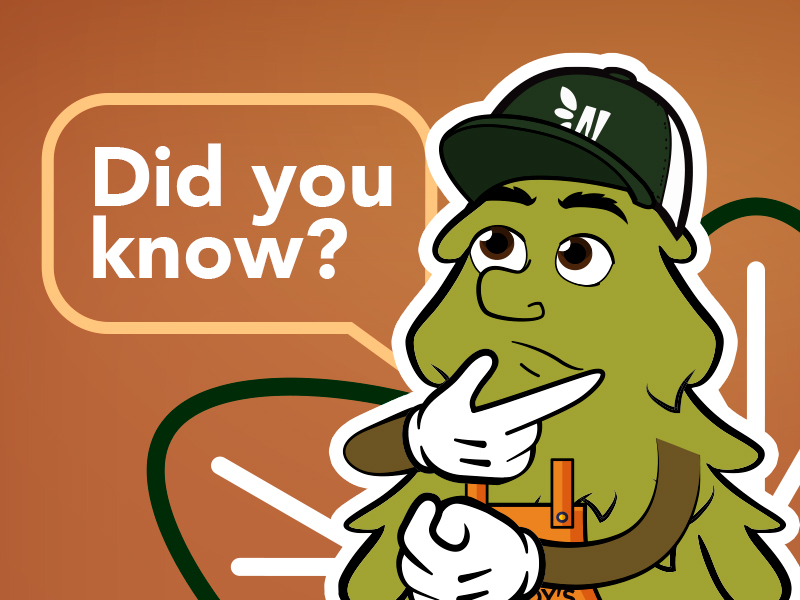
Did You Know?
Field-grown trees often have larger root balls by volume, allowing for more water retention and root contact with native soil key in dry fall conditions.
Field grown (B&B): Built for structure and longevity.
Benefits:
- Larger caliper sizes available – Perfect for impactful, mature installs.
- More natural root structure – Better long-term establishment when done right.
- Greater wind stability – Heavier root ball means less staking needed.
- Ideal for public spaces and permanent design elements.
Considerations:
- Limited digging window – Best planted spring or fall; August is ideal for reserving.
- Heavier logistics – May require equipment for transport and install.
- More care during establishment – Root loss during digging increases water and soil needs short-term.
Choosing based on project type
Here’s a quick guide based on common landscape scenarios:
Project Type:
– Multi-unit residential
– Streetscape
– Retail plaza
– Municipal park
– Rooftop terrace
Best Choice
Container
Field-grown
Both
Field-grown
Container
Why?
Flexibility & speed
Structure & scale
Container shrubs, B&B trees
Long-term durability
Weight limitations
What’s selling this fall at Woody’s
Container stock in high demand:
- Thuja occidentalis ‘Smaragd’ (Emerald Arborvitae) – Easy transport for screening installs
- Itea virginica (Virginia Sweetspire) – Native, flexible for pollinator projects
- Cornus sericea (Red Twig Dogwood) – Colorful winter stems for year-round interest
Field-Grown best sellers:
- Quercus bicolor (Swamp White Oak) – 3.5″ to 5″ caliper
- Acer saccharum (Sugar Maple) – Excellent canopy tree
- Picea abies (Norway Spruce) – Dense, mature specimens up to 14’
August is the time to reserve field-grown trees for fall. Once we begin fall digging (typically mid-September), availability can shift quickly.
Key factors to consider before you buy.
Site conditions
Compact urban sites may favor container-grown material due to logistics, while open landscapes can accommodate field-dug trees.
Labor and equipment
Field-grown stock requires heavier lifting, but often less staking post-installation. Container stock saves time in offloading and positioning.
Timeframe
Need to install past early November? Container-grown material gives you flexibility when weather delays hit.
Plant size goals
For immediate impact, large caliper trees (3.5″+) almost always come field-grown. For fast-fill mass plantings, container-grown shrubs deliver efficiently.
Sustainability Considerations
Sustainability specs are more common in today’s bid packages. Here’s how both options stack up:
Field-Grown trees:
- Lower embodied plastic use
- Promote native soil acclimation
- Often sourced regionally (like from our nursery)
Container Grown plants:
- Easier to reuse or recycle pots (especially RootMaker or fabric pots)
- Allow better species availability throughout the season
At Woody’s, we’re committed to sustainable practices across both grow types—including reuse of burlap, low-input irrigation, and regionally appropriate species selection.
Know your site, then spec your stock
Container and field-grown plants are both excellent tools in a commercial landscaper’s arsenal. The key is knowing which tool fits your job best. If you’re unsure, talk to our team—we work directly with landscape architects, contractors, and municipal planners to match your specs to the right growing method, size, and delivery timeline.

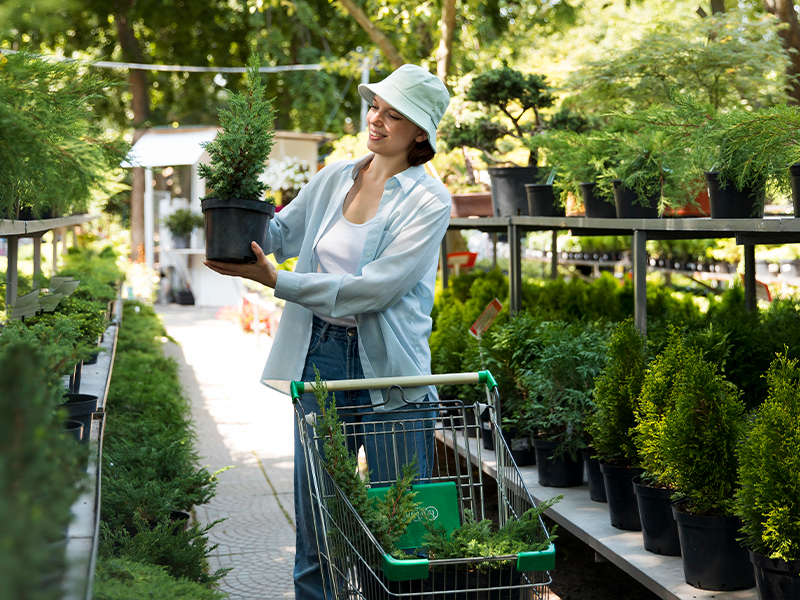
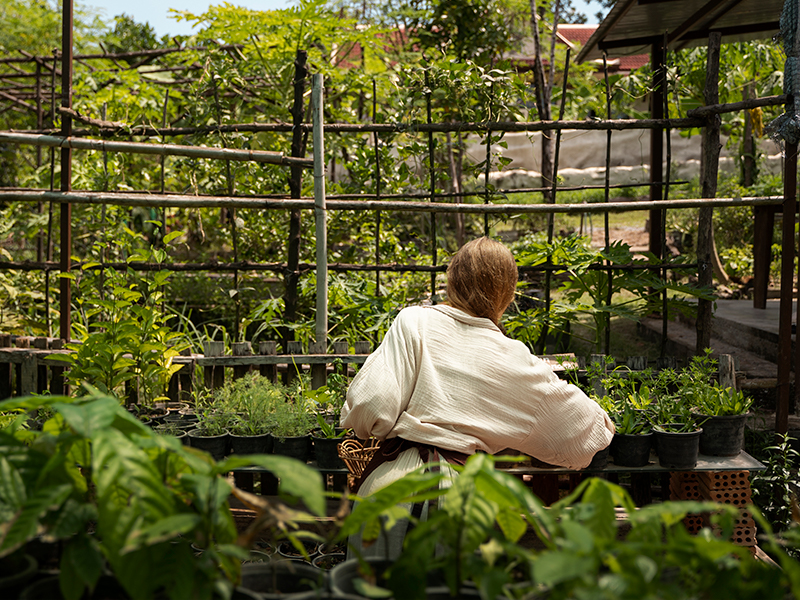
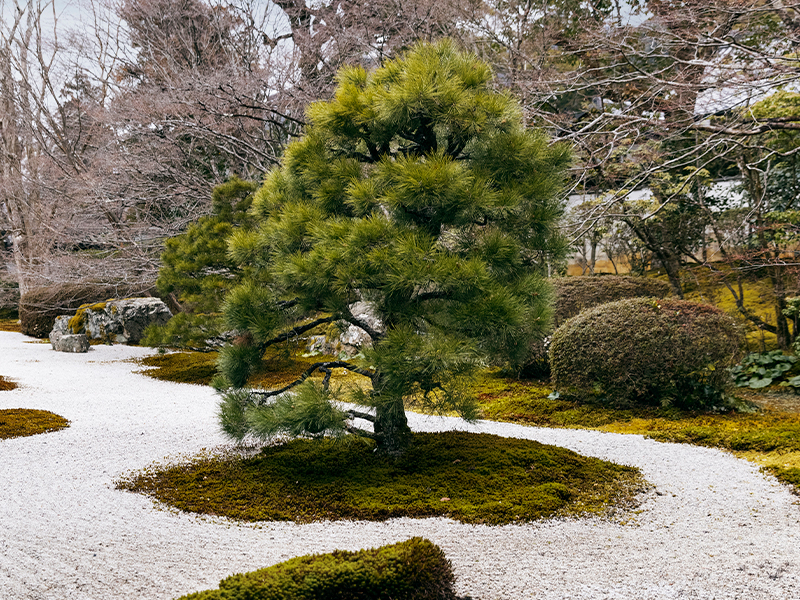
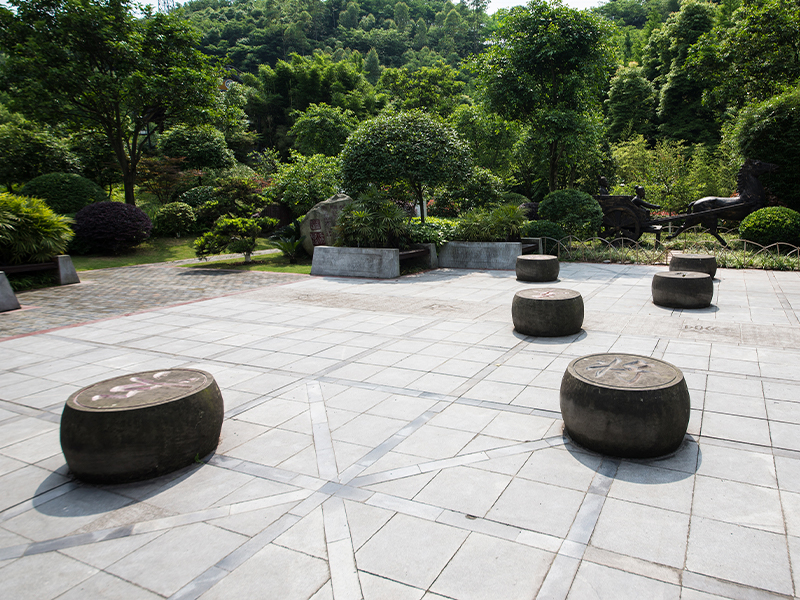
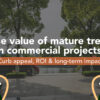




Leave a Reply